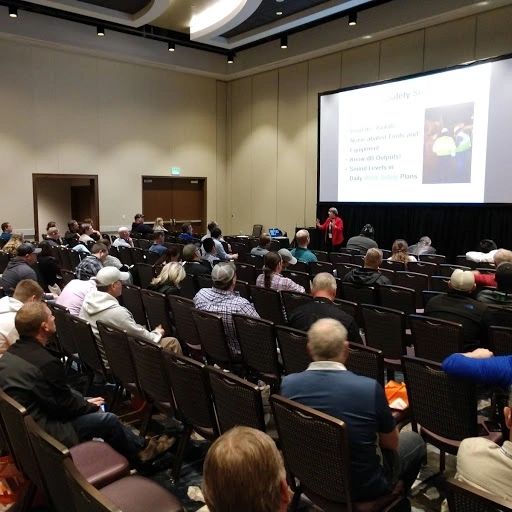
SNR Hearing Loss
What did you say? Old problem gets a name
An almost standard comment from people with hearing loss goes like this: “If only I could turn the speakers’ voices up louder, I would be able to hear and understand better over the room noise.”
The issue of not understanding speech in background sound is known as “SNR Hearing Loss,” an expression that is used more commonly nowadays and that has to be introduced into the vocabulary of those with hearing loss.
What is meant by SNR and how does it relate to hearing loss?
SNR stands for Signal-to-Noise Ratio. The “signal” for improved understanding in noise is the speech signal. It becomes easily drowned out by competing sound, such as music and special effects’ din that overpower the actors’ voices in movies or background noise during meetings at work or at family reunions or anywhere.
Although even those with still good hearing might strain to understand every word in such adverse sound environments, those with hearing loss are at a serious disadvantage to say the least. So, by how much must the speech signal be raised over background sound for a hearing-challenged person to understand speech? That extra sound boost is the SNR Hearing Loss.
If unrecognized and left untreated, SNR losses lead to quite a bit of frustration, especially as hearing aids often seem to be of limited help.
SNR Hearing Tests
Audiologists can actually measure SNR losses with tests that go beyond the standard hearing tests carried out in a quiet place or soundproof booth. Such a scenario obviously does not reflect the realities of everyday life.
During SNR tests, like the QuickSIN, the patient repeats short sentences against increasing levels of competing background sound. The resulting accuracy scores tell the hearing specialist what type of help patients need in order to bring the SNR into a range that allows for understanding speech in noise. Sometimes even perfectly tuned hearing aid features are not enough and other hearing strategies or assistive listening devices (ADLs), such as an auxiliary microphone, must be added.
If it is not offered, anybody who struggles to understand speech in noise should request that an SNR hearing evaluation be included with the routine tests.
In the end, background sound is the bane of those with hearing loss. New insights and technology make open communication between patient and audiologist all the more important. Getting hearing help has always depended on the cooperation between client and specialist. It has always been a team effort and it is becoming more so every day.
*****
For ever devoted to healthy hearing – that most precious sense.
Join me online!
For Industry Hearing Safety Training or for general presentations on Hearing Loss Prevention, please see my website where I also post blogs on all sorts of issues related to hearing loss: https://www.hearing-loss-talk.com
Or email monique.hearing@gmail.com